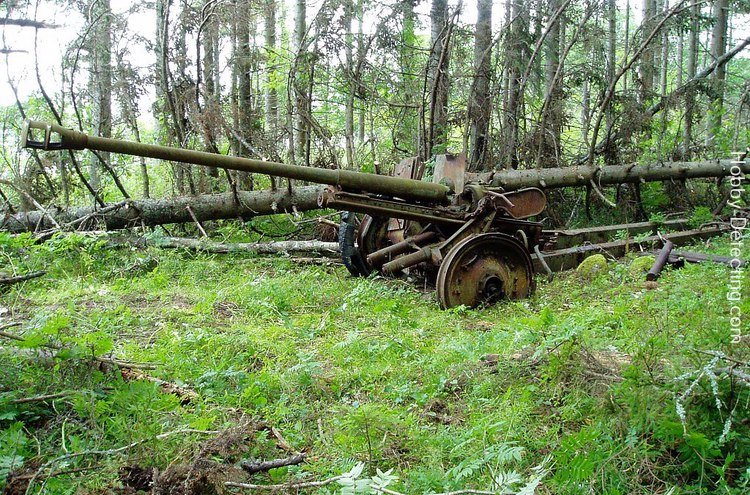A collectors dream. Bolshoi Tyuters has been known as the “mined island” because its minefields have not been cleared since WWII. Bolshoi Tyuters is an island in the Gulf of Finland of the Baltic Sea, located 75 km away from the coast of Finland, to the south-east from Hogland. The island is a part of the Leningrad Oblast, Russia.
The area is approximately 3.2 square miles. There are no permanent inhabitants, save for a lighthouse keeper. The island was populated by Finns from the 16th century to 1939.
After the Soviet Union attacked Finland in the Winter War, the island, along with other Finnish islands in the Gulf of Finland and communities in Finnish Karelia, was ceded to the Soviet Union under the Moscow Peace Treaty of 1940. Islanders were among the Finnish evacuees, and after the war they were not permitted to return to their homes.
Keen historian, metal detectorist and battlefield explorer Ivan Krause from hobby-detecting.com shares his story with us:
Many of my friends always say: “there are no places left for metal detecting, we will go detecting soon on some local parks and beaches”. But I’m sure, at least in Europe we have a places full of history and we will need more than 500 years to check it with metal detectors. That’s how vast it is.
As you may know – the Baltic Sea is littered with 1000s of years of history. The Vikings had a strong presence here. You can find an old cemetery of finnish fishermen on island. There was an old Protestant church, but it was burned down at the beginning of 2000’s.

1
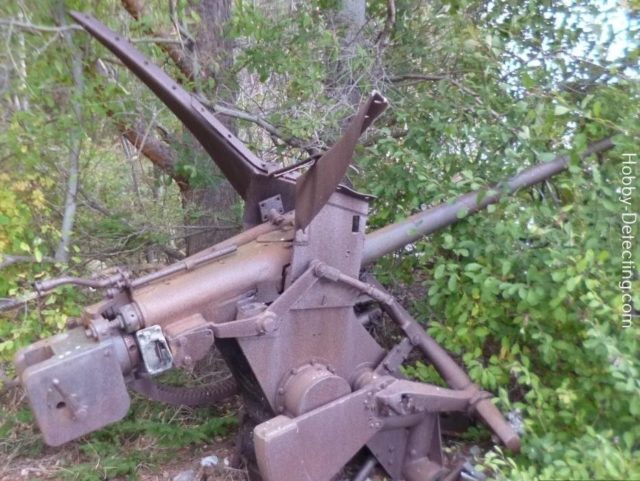
2

3
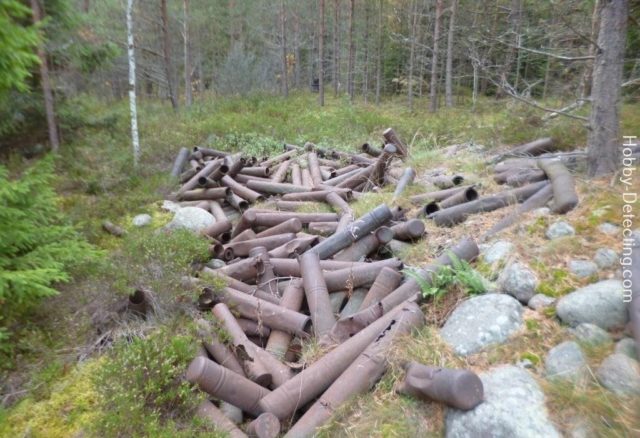
4

5
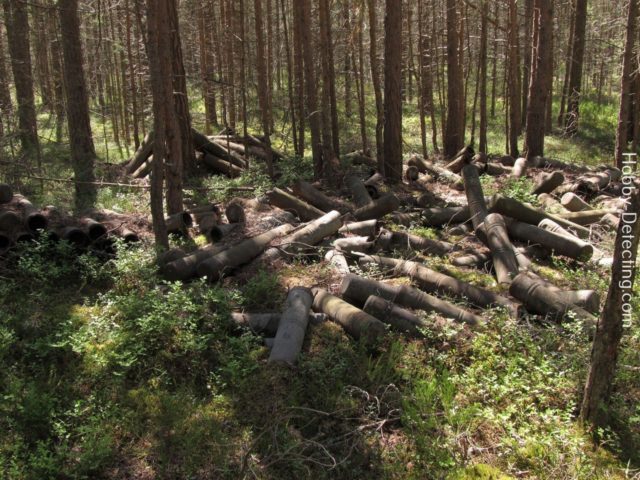
6
In 1941, when Germany invaded the Soviet Union German and Finnish forces captured that island and turned it into a strong hold – it had a lot of artillery, big stocks of guns and ammunition. The Soviet army tried to capture that island again but failed. In 1944, the Soviet Army captured the Baltic states, German forces escaped from the island in one day leaving all of the artillery, ammunition stocks and hardware behind. We visited the battlefields of the island and this is what we found. You can follow Ivan’s website here: hobby-detecting.com and can follow on Facebook
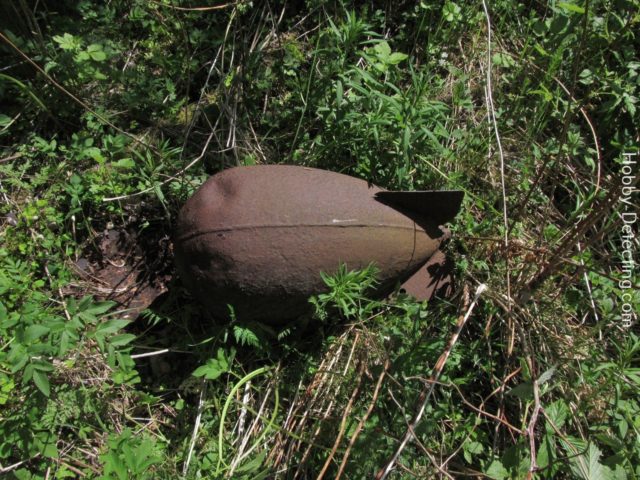
7
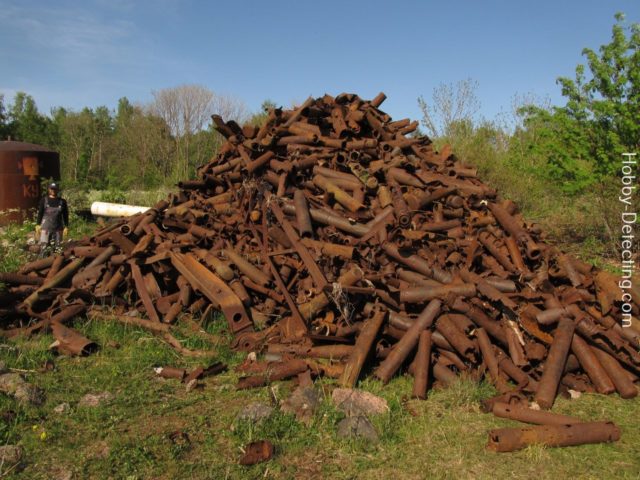
8
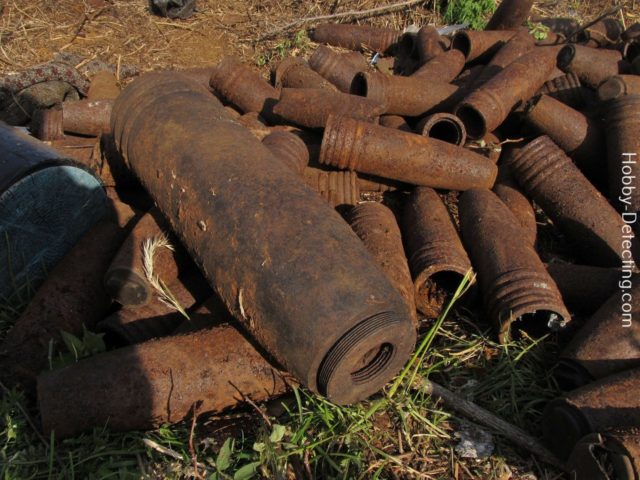
9
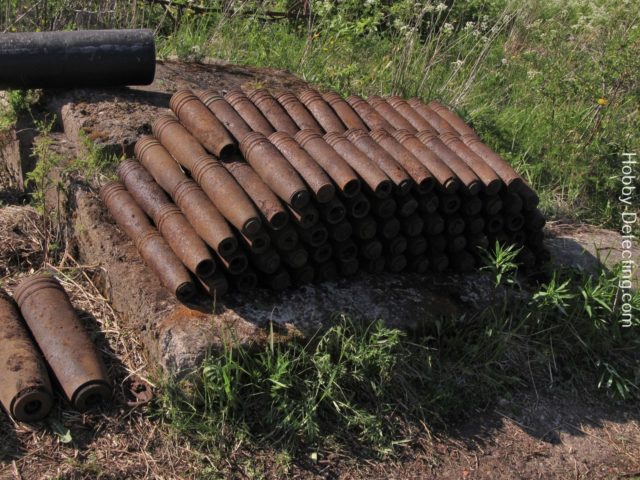
10
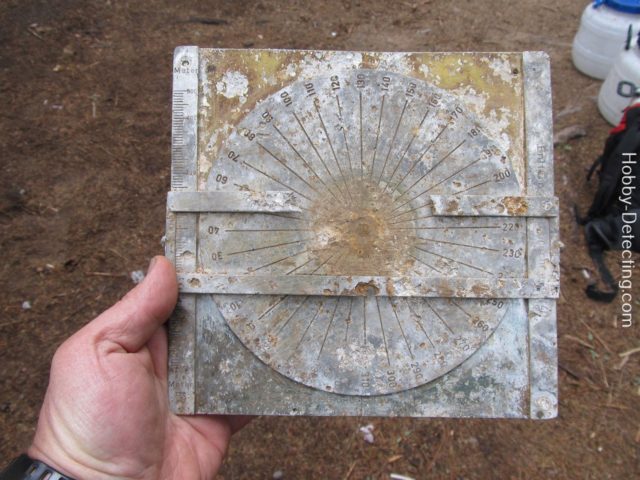
11
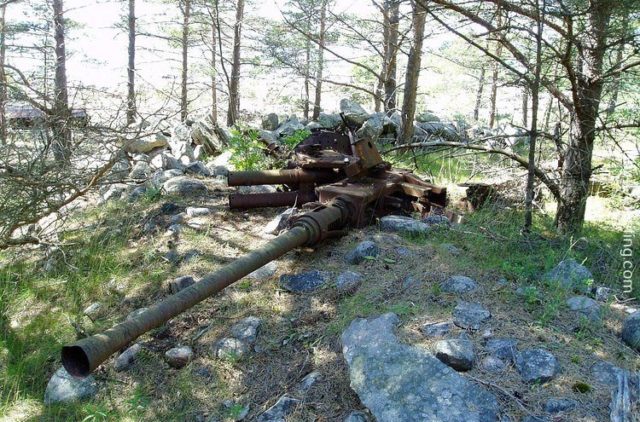
12
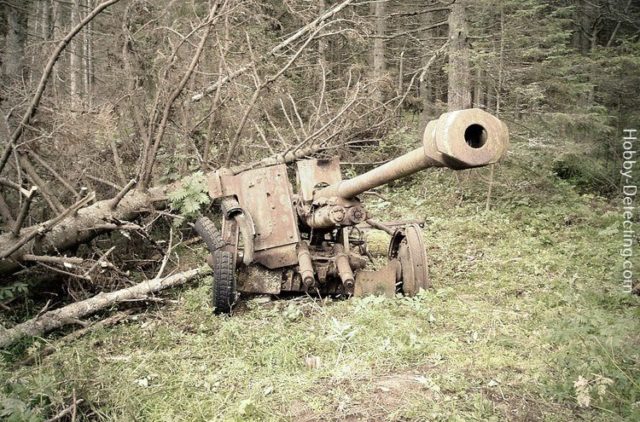
13
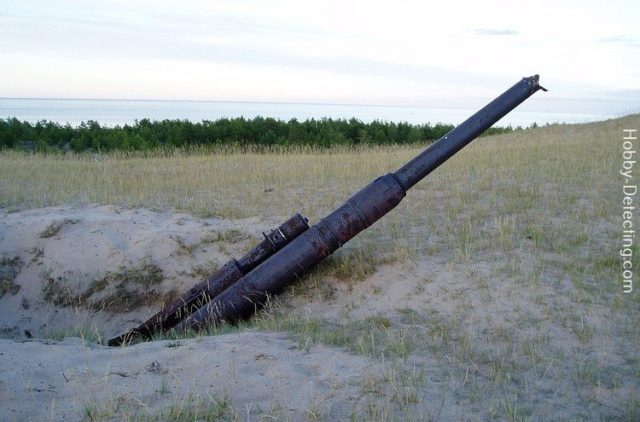
14
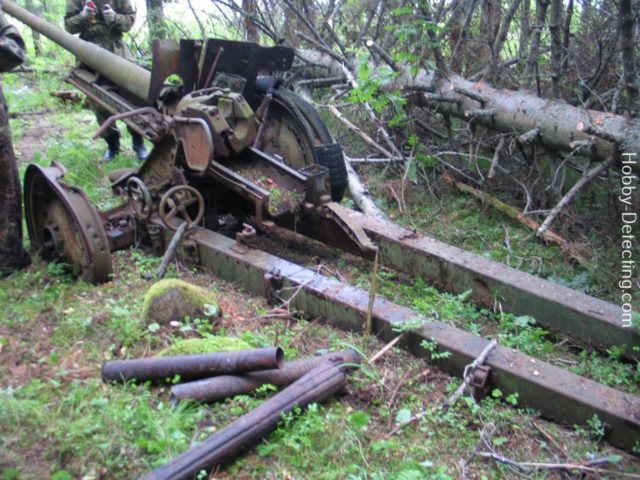
15
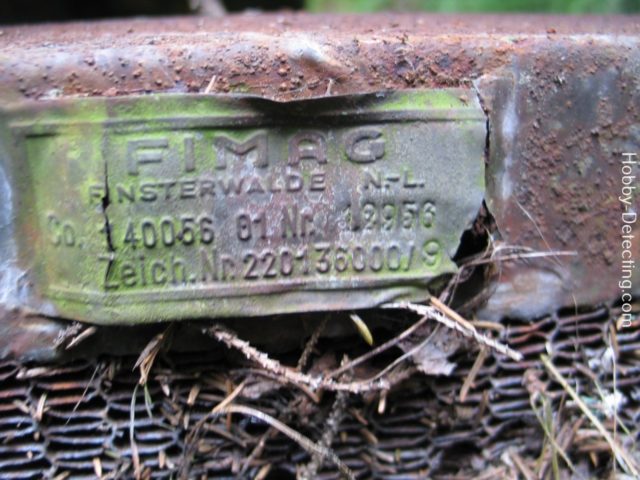
16
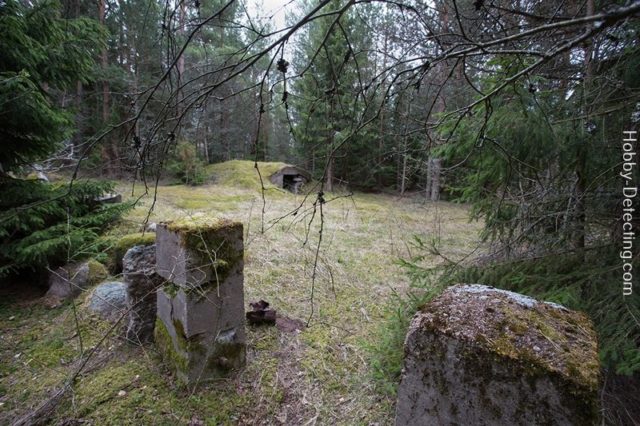
17
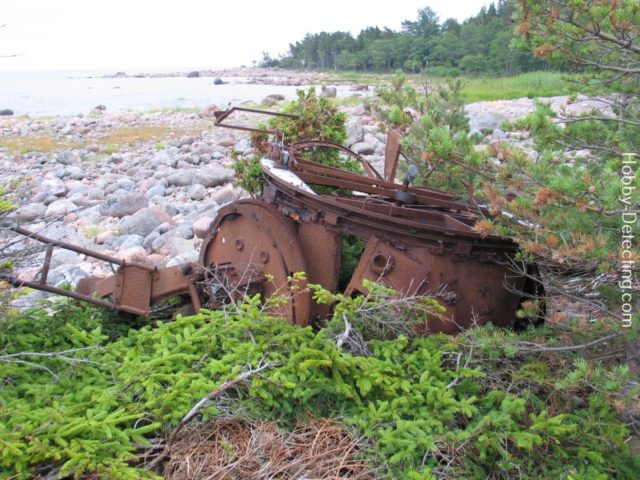
17
A collectors dream.
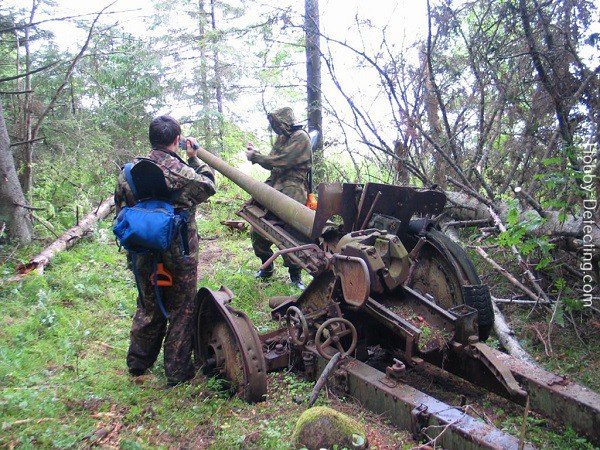
You can follow Ivan’s website here: hobby-detecting.com and can follow on Facebook
The occupation of the Baltic states by Nazi Germany occurred during Operation Barbarossa from 1941 to 1944. Initially, many Estonians, Latvians, and Lithuanians considered the Germans as liberators from the Soviet Union.
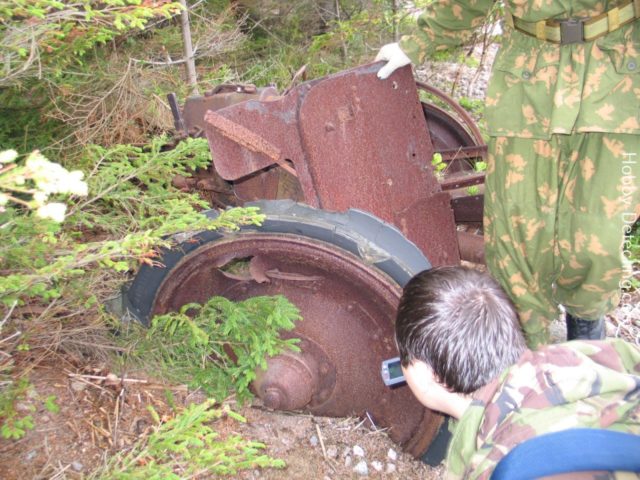
18
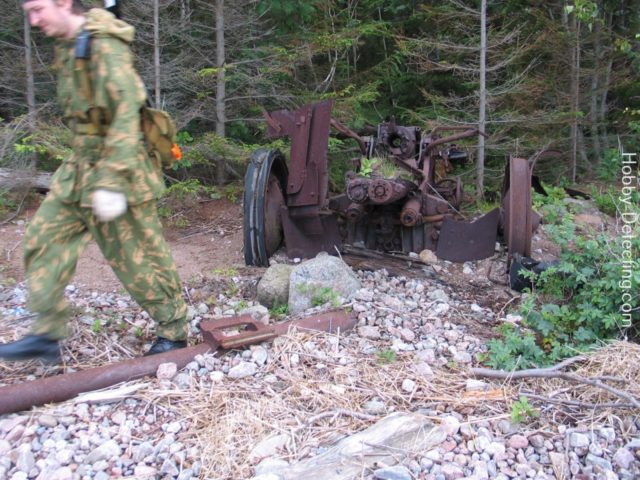
19
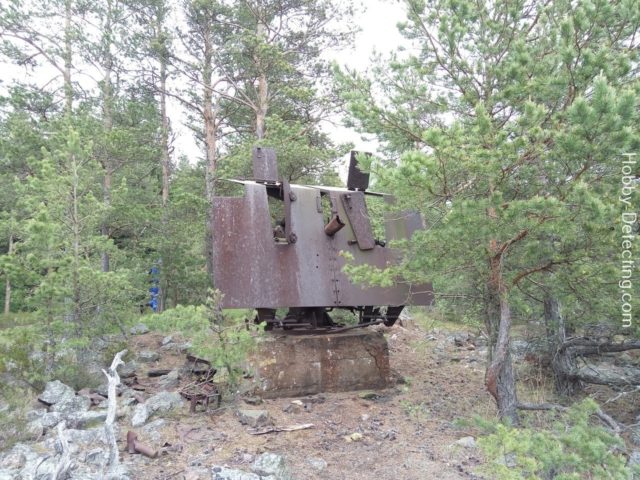
20

21
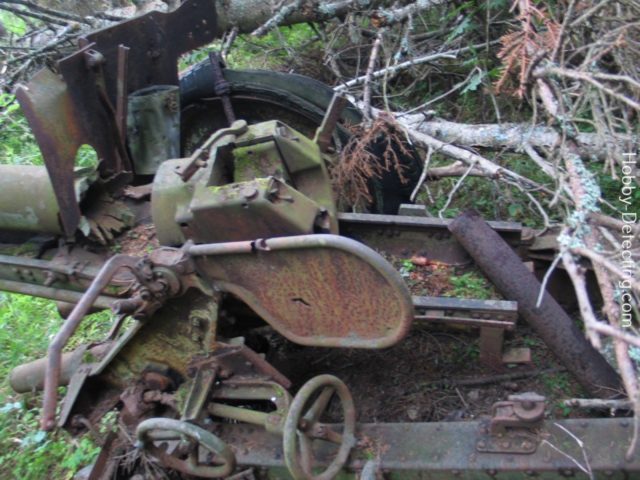
22

23
The Balts hoped for the restoration of independence, but instead the Germans established a provisional government. During the occupation the Germans carried out discrimination, mass deportations and mass killings generating Baltic resistance movements

24
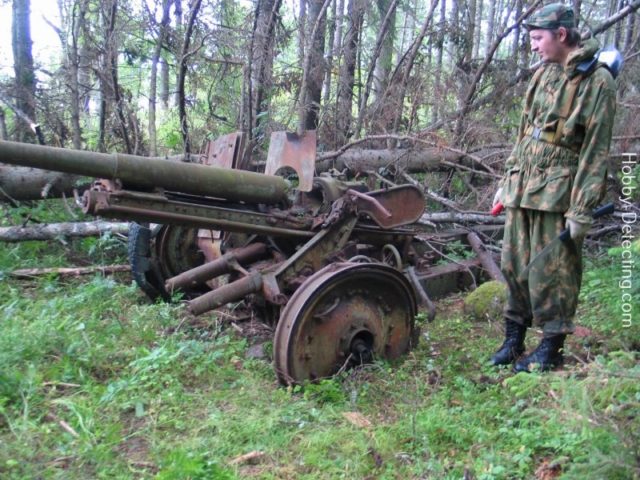
25
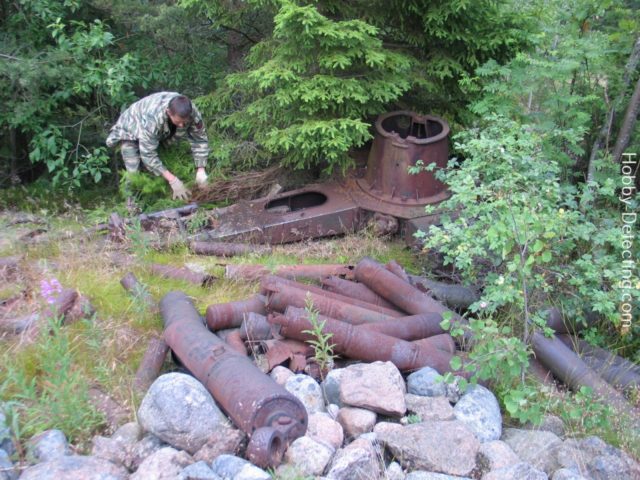
26

27
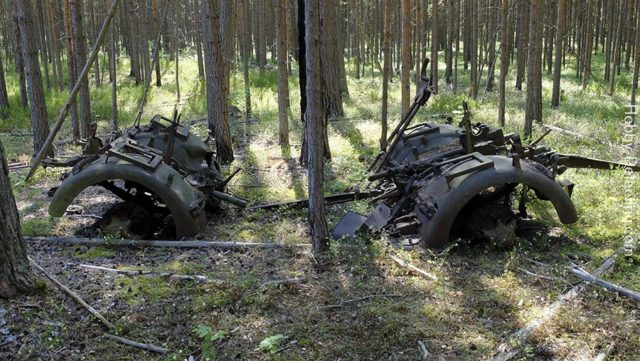
28
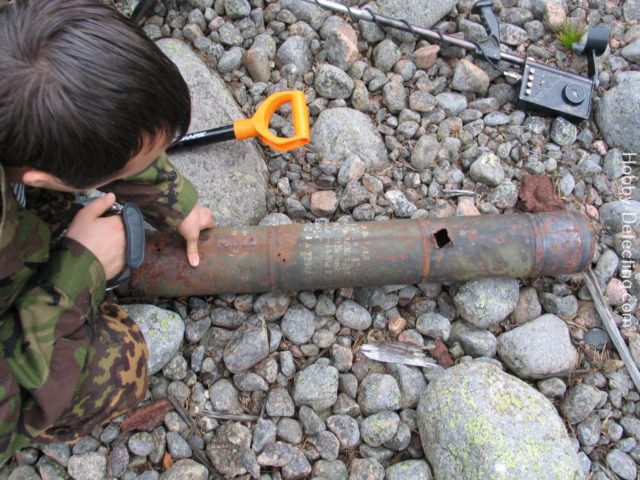
29

30
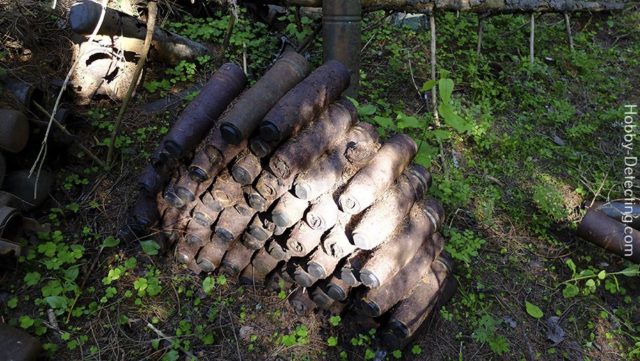
31

32
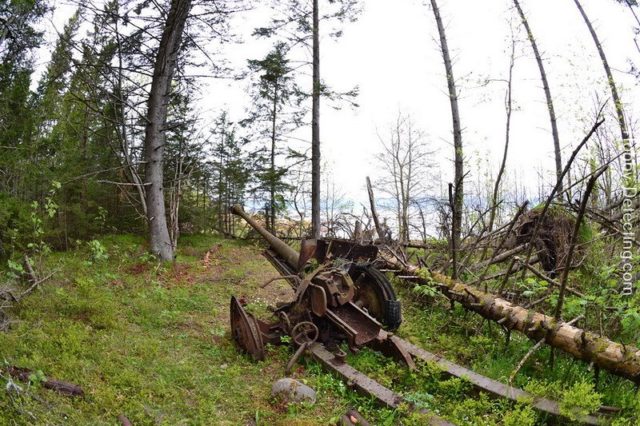
33
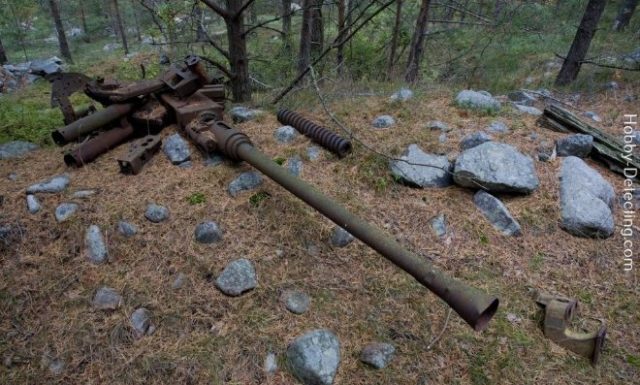
You can follow Ivan’s website here: hobby-detecting.com and can follow on Facebook
The Germans had given the Baltic states under the Soviet sphere of influence in the 1939 German–Soviet Pact. The Germans lacked concern for the fate of the Baltic states and they initiated the evacuation of the Baltic Germans.
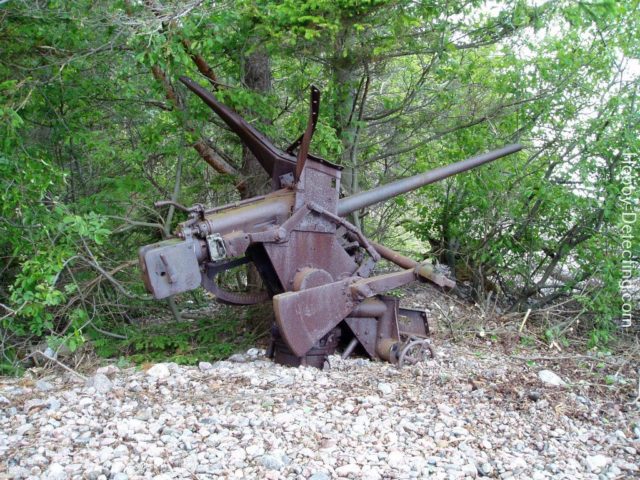
34
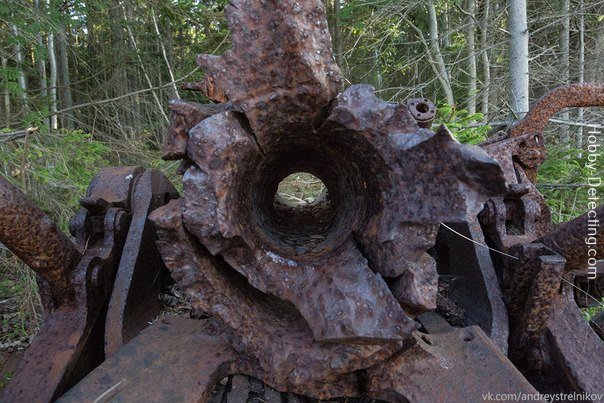
35
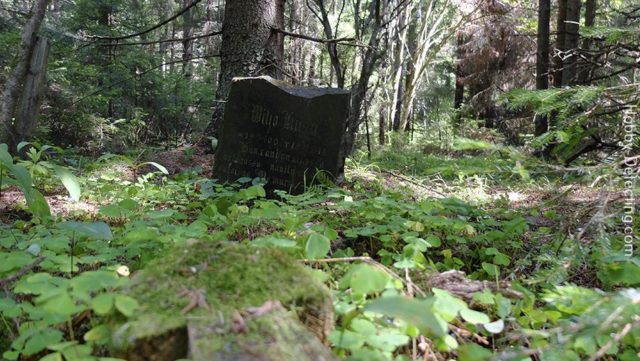
36
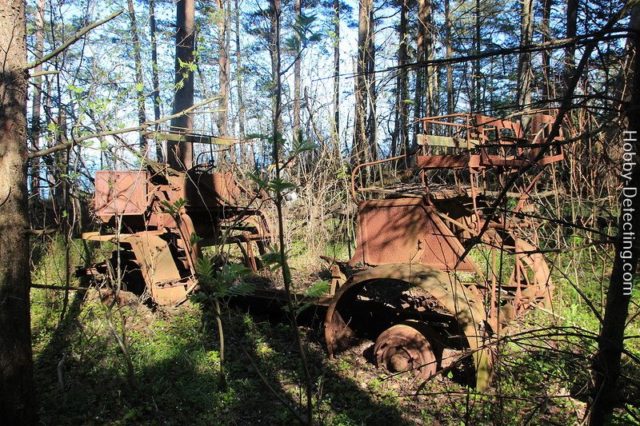
37
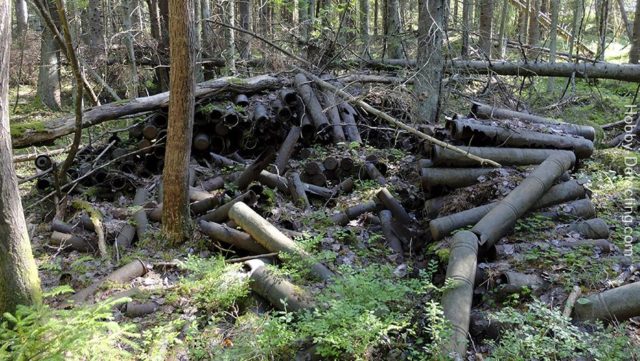
38
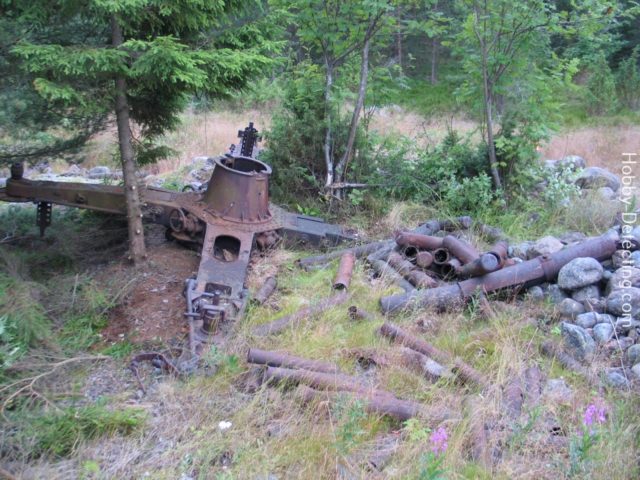
39
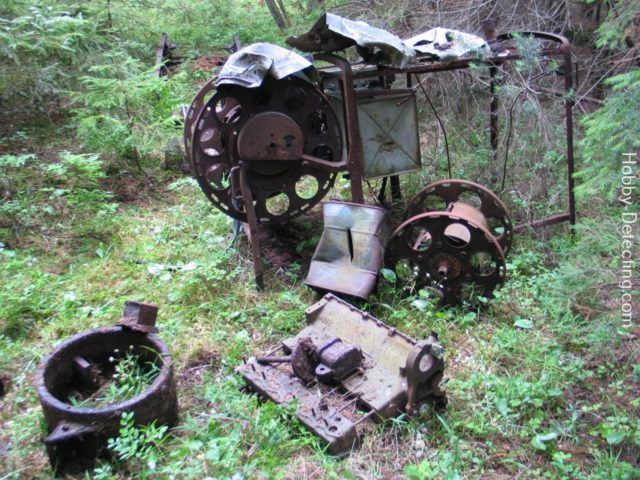
40
Between October and December 1939 the Germans evacuated 13,700 people from Estonia and 52,583 from Latvia, who were resettled in Polish territories incorporated into the Nazi Germany. The following summer, the Soviets occupied and illegally annexed all three states.
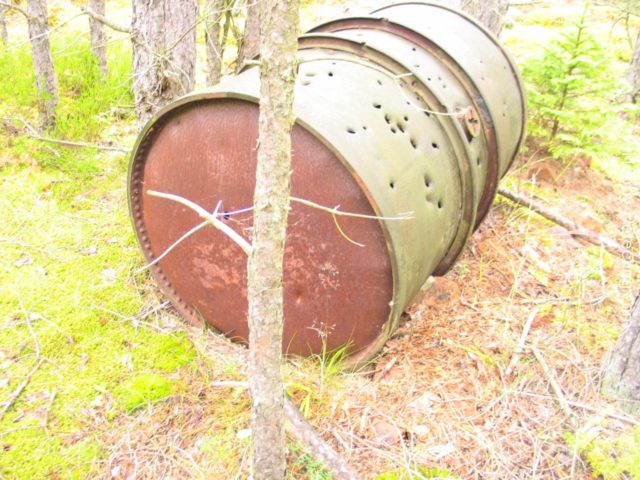
41

42
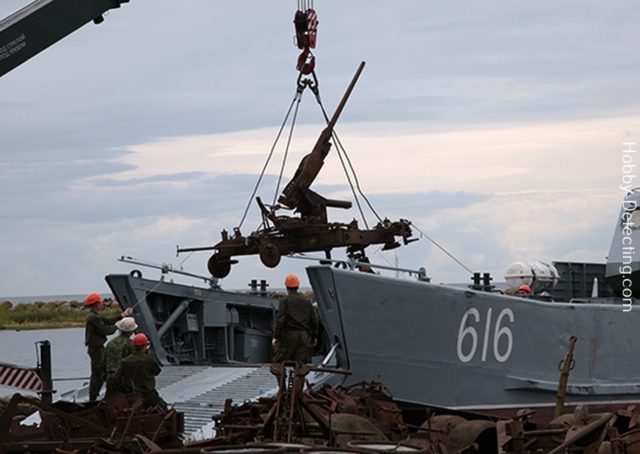
43
On 22 June 1941 the Germans carried out Operation Barbarossa. The Soviets had executed Sovietization earlier, including the first mass deportation of 14 June, 8 days prior, with the result that the majority of Balts welcomed the German armed forces when they crossed the frontiers of Lithuania.
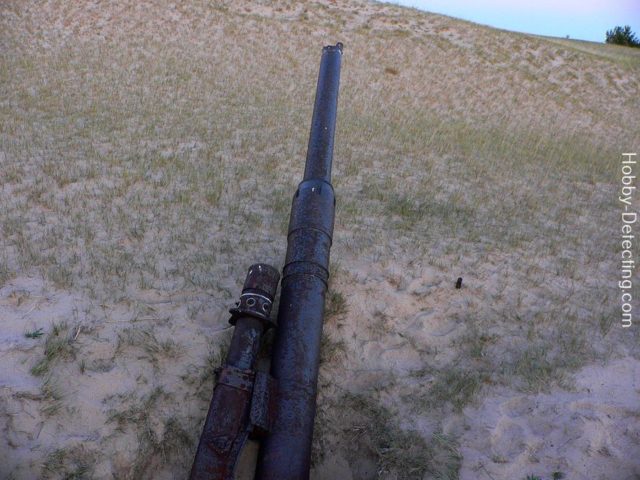
44
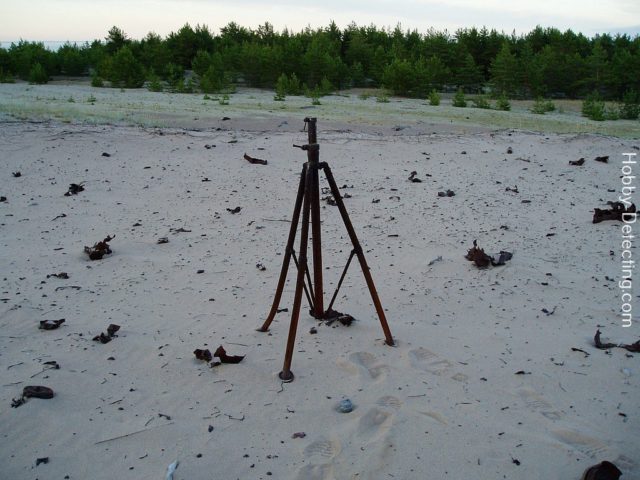
45
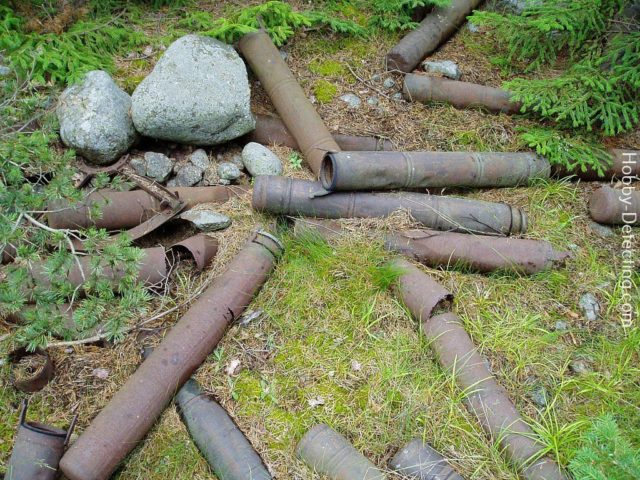
46

47

